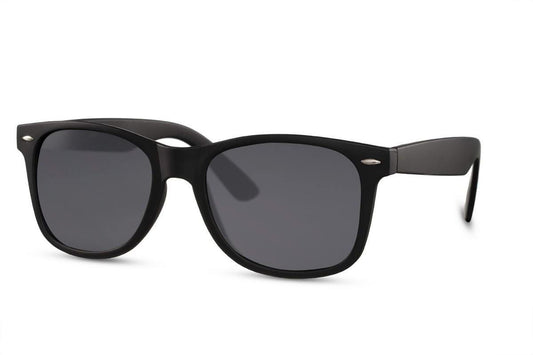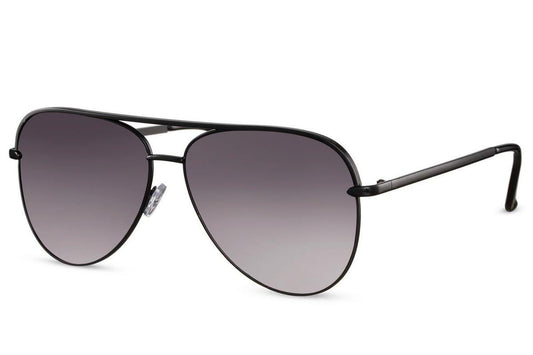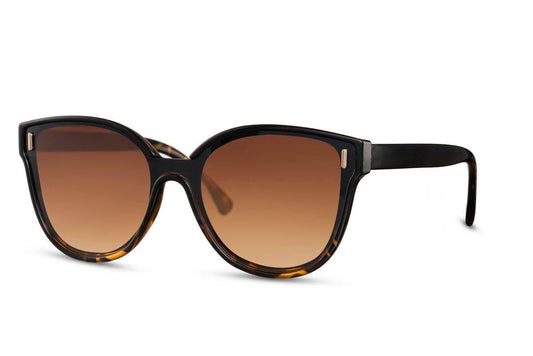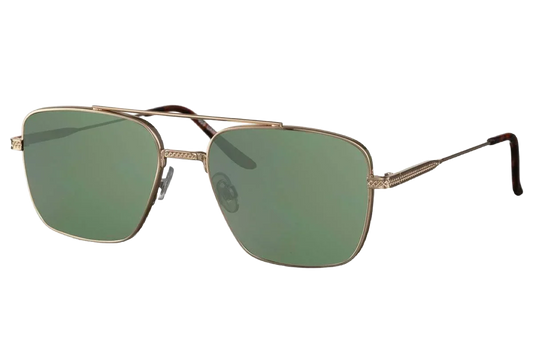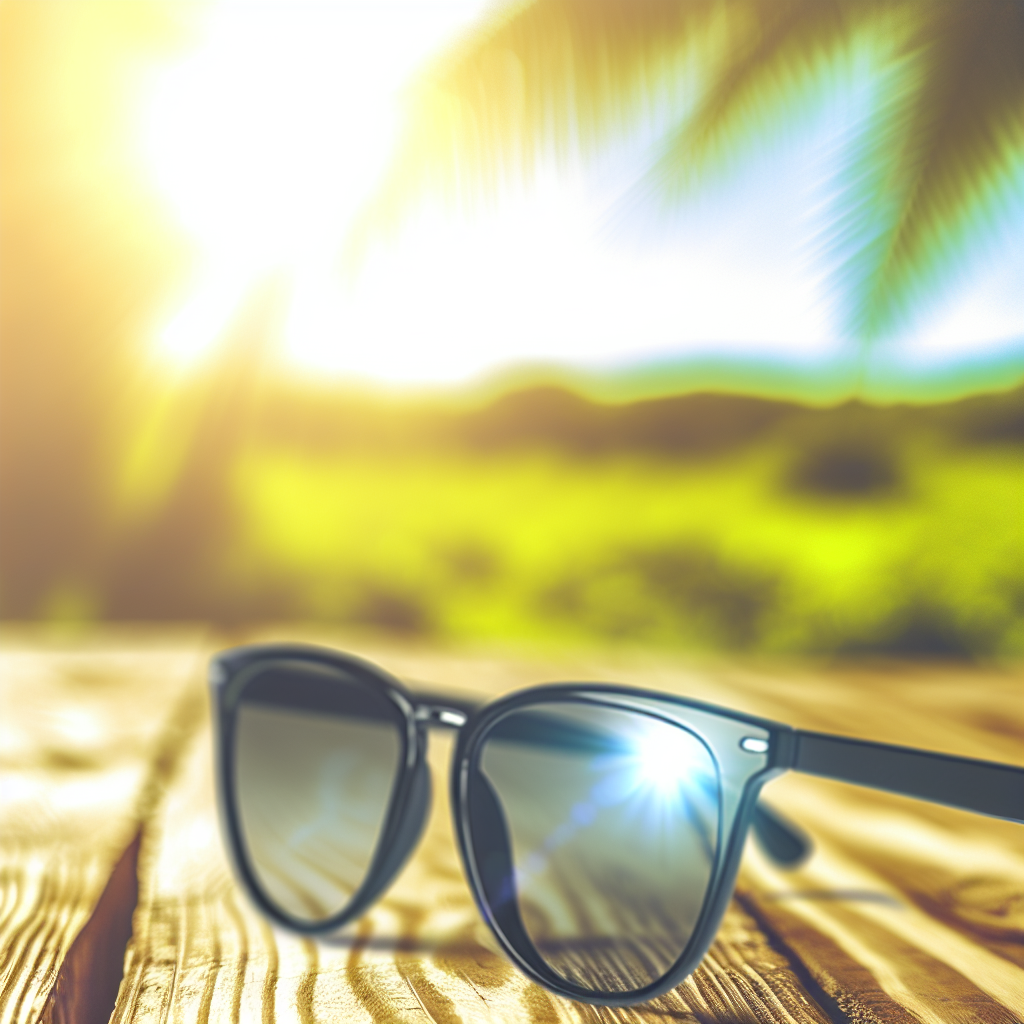
Blue Light Filter Sunglasses Advantages and Disadvantages
Share
Blue Light Filter Sunglasses – Combining Function and Style
Sunglasses with a blue light filter reduce the amount of blue light that hits the eyes. This can reduce digital eye strain when working in front of a computer or mobile phone and contribute to a better circadian rhythm and sleep. The filtering also helps reduce glare and improve contrast, which can provide sharper image reproduction – especially relevant both in digital environments and when used outdoors in bright sunlight.
Advantages and disadvantages
The benefits of these sunglasses include reduced eye strain, improved visual comfort and a modern style. The downside is that some models can have a slight tinted effect that can affect color reproduction in natural daylight, and they are often more expensive than traditional sunglasses due to the advanced filter technology. Quality also varies, so it is important to check the specifications and certifications for each model.
Purchase considerations
Compare models and brands thoroughly to find a pair that matches your needs and lifestyle. Consider both blue light protection and visual impact to ensure a purchase that is both functional and stylish.
Questions and answers
• How does blue light filtering work?
– The filter reduces the amount of blue light reaching the eyes, thereby reducing digital eye strain.
• Do filters affect color reproduction?
– Some models may cause a slight tinting effect, which may alter color perception in certain environments.
• Are these sunglasses more expensive than normal sunglasses?
– Yes, advanced filter technology can make them more expensive than traditional sunglasses.
• What should you pay attention to when buying?
– Check the specifications, certifications, and quality of the filter before making a purchase.


